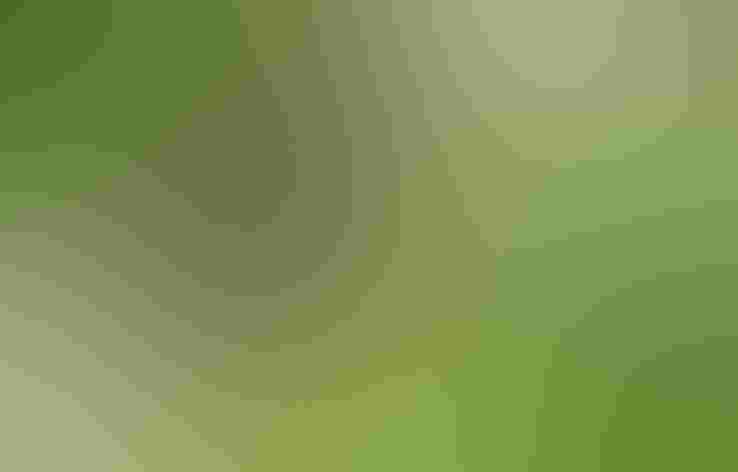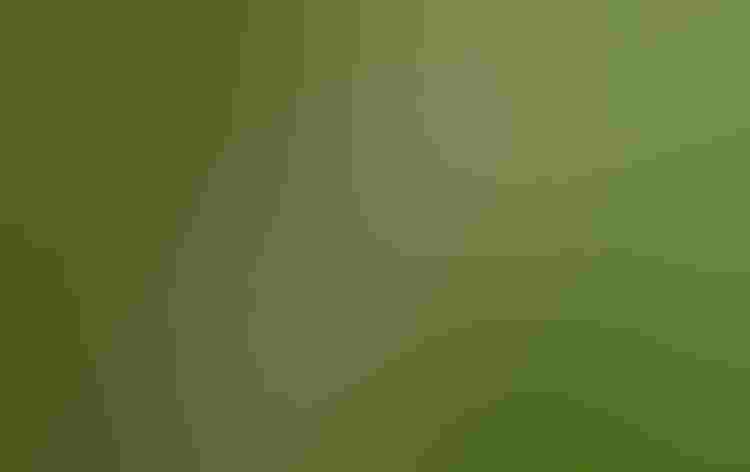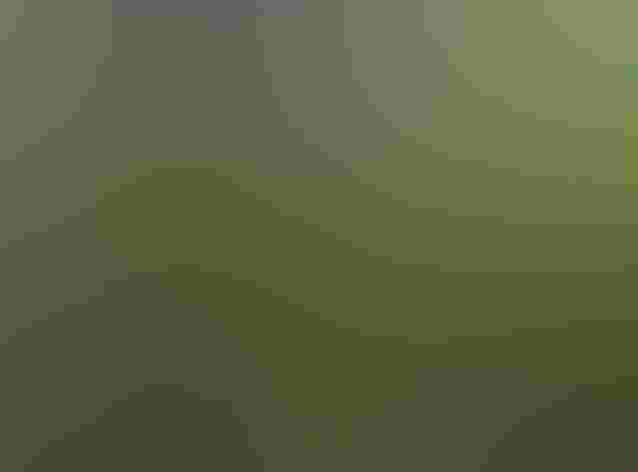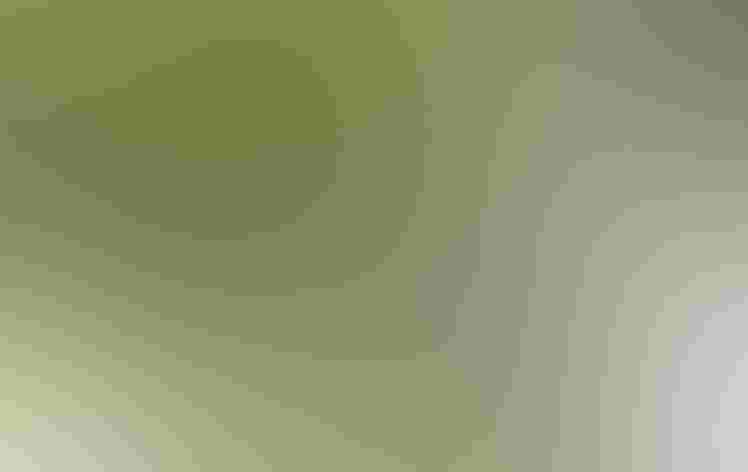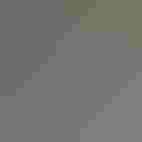Yellow-billed Cuckoo
At a Glance
Sometimes common but usually hard to observe, the Yellow-billed Cuckoo inhabits dense leafy groves and thickets during the summer. Its stuttering, croaking calls, audible at a great distance, are often heard on hot, humid afternoons; people sometimes call this bird the 'rain crow,' imagining that it is calling for rain.
All bird guide text and rangemaps adapted from Lives of North American Birds by Kenn Kaufman© 1996, used by permission of Houghton Mifflin Harcourt Publishing Company. All rights reserved.
Category
Cuckoos, Roadrunners, Anis, Perching Birds
IUCN Status
Least Concern
Habitat
Arroyos and Canyons, Fields, Meadows, and Grasslands, Forests and Woodlands, Freshwater Wetlands, Shrublands, Savannas, and Thickets
Region
California, Eastern Canada, Florida, Great Lakes, Mid Atlantic, New England, Northwest, Plains, Rocky Mountains, Southeast, Southwest, Texas
Behavior
Direct Flight
Population
9.600.000
Range & Identification
Migration & Range Maps
Mostly arrives late in spring and departs early in fall. A long-distance migrant, some going as far as Argentina in winter. Sometimes heard calling overhead at night during migration.
Description
10 1/2-12 1/2" (27-32 cm). From below, long tail looks black, with big white spots. Rusty red in wing is obvious in flight. Yellow on lower mandible shows at close range. Juveniles in fall may have paler, duller tail pattern, less yellow on bill.
Size
About the size of a Crow, About the size of a Robin
Color
Black, Brown, Red, White, Yellow
Wing Shape
Long, Pointed, Tapered
Tail Shape
Long, Rounded, Wedge-shaped
Songs and Calls
A rapid, harsh, rattling ka-ka-ka-ka-ka-ka-kow-kow-kowp, kowp, kowp, kowp, slowing down at the end.
Call Pattern
Falling, Flat
Call Type
Chatter, Hoot, Rattle, Trill
Habitat
Woodlands, thickets, orchards, streamside groves. Breeds mostly in dense deciduous stands, including forest edges, tall thickets, dense second growth, overgrown orchards, scrubby oak woods. Often in willow groves around marshes. In the west, mostly in streamside trees, including cottonwood-willow groves in arid country.
Sign up for Audubon's newsletter to learn more about birds like the Yellow-billed Cuckoo
Behavior
Eggs
3-4, sometimes 1-5 or even more; may lay more eggs in seasons when caterpillars or other insects are abundant. Occasionally lays eggs in nest of Black-billed Cuckoo or other bird. Eggs pale bluish green. Incubation is by both parents (but female may do more), 9-11 days, perhaps sometimes longer.
Young
Fed by both parents. Young may leave nest and climb about in branches after about a week; can fly in about 3 weeks. In some cases, first young to leave the nest are tended by male, last ones by female.
Feeding Behavior
Forages by clambering about through shrubs and trees, gleaning insects from foliage and branches. May fly up and hover momentarily to pluck a caterpillar or other creature from foliage; sometimes flies out from a perch to catch a flying insect.
Diet
Caterpillars and other insects. Feeds heavily on caterpillars when available, including hairy types such as tent caterpillars and others; also other insects such as cicadas, beetles, grasshoppers, katydids, others. Also may eat some lizards, frogs, eggs of other birds, and berries and small fruits.
Nesting
In courtship, male feeds female. Nest site is in tree, shrub, or vines, usually 4-10' above the ground, sometimes up to 20' or higher. Nest (built by both sexes) is a small, loosely-made platform of twigs and stems, with thin lining of grass, pine needles, leaves, and other materials.
Conservation
Conservation Status
Local numbers rise and fall with insect outbreaks; however, surveys show a general decline in recent decades. The species has disappeared from some western areas and is considered endangered in others, with loss of habitat a major cause.
Climate Threats Facing the Yellow-billed Cuckoo
Choose a temperature scenario below to see which threats will affect this species as warming increases. The same climate change-driven threats that put birds at risk will affect other wildlife and people, too.


